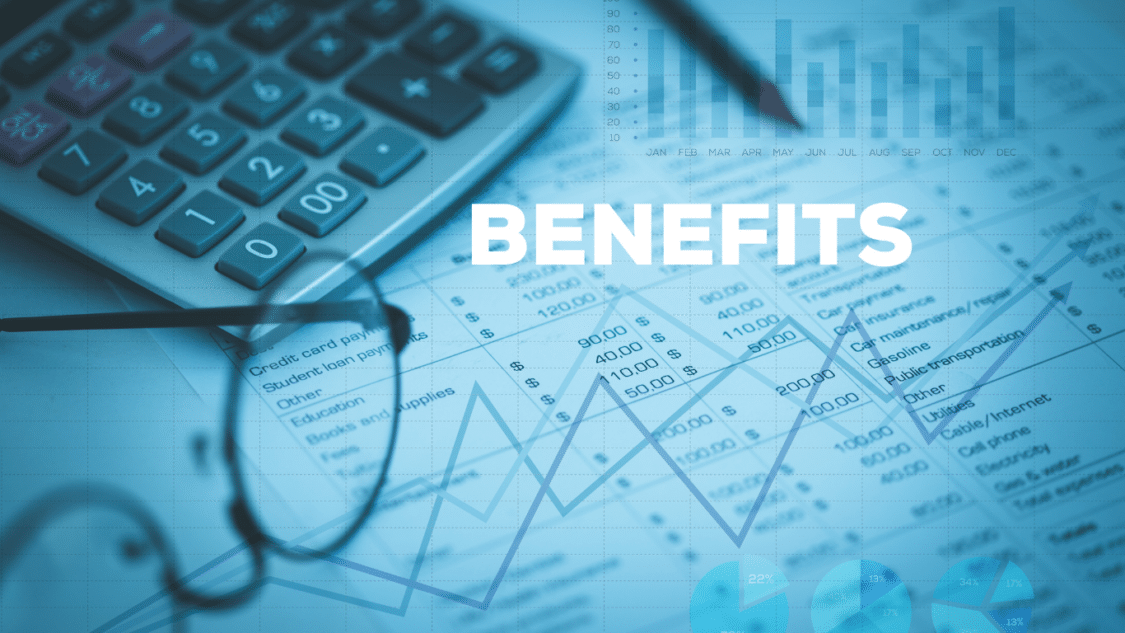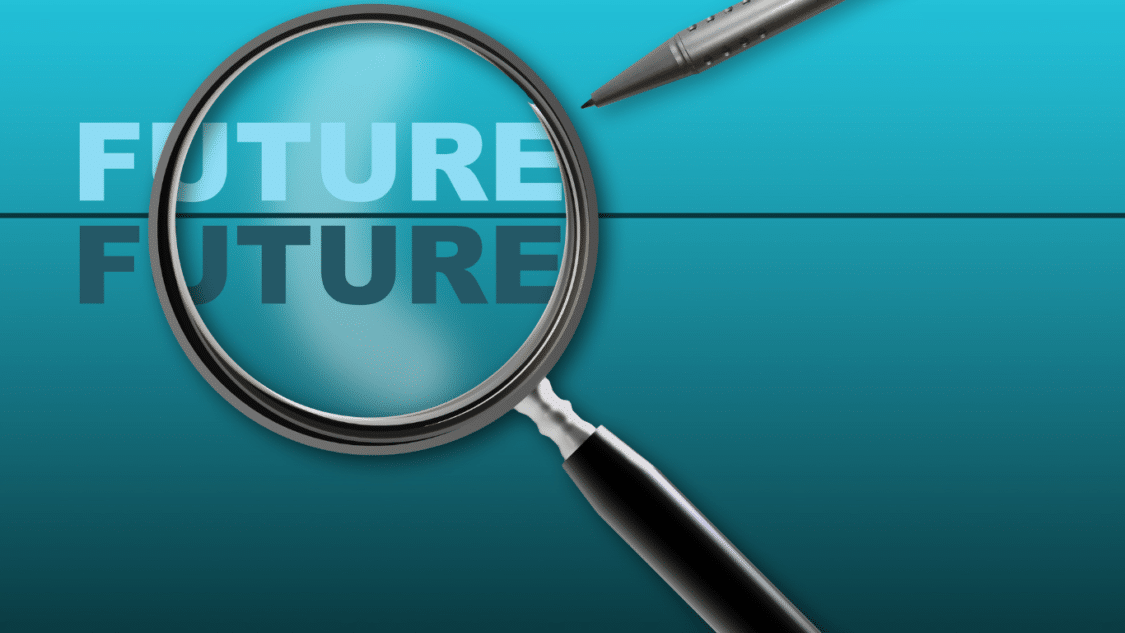DApp stands for decentralized applications built on blockchain networks and uses smart contracts to create a secure and trustworthy space for users’ data. They are open-sourced and function with a peer-to-peer network. In other words, no single entity controls them; changes and improvements go through the network’s participants. The data and records of the system are open to the public. However, it still maintains the security and efficiency of the system. DApp uses a cryptographic token that manages the users’ private keys.
What are the benefits?

The most valuable weapon in our time is information, which is the basis for financial and political gains. That’s why a DApp’s first and most important advantage is its self-governing nature. Therefore, the public is running the app, being resistant to censorship and informational control over the masses. An additional benefit of the decentralized system is the fast and efficient payment process. The system is made of smart contracts. Therefore its basic functionality is crypto payments.
A majority of the decentralized applications are on the Ethereum blockchain. Their whitepaper outlines three types of decentralized applications.
1. The applications that handle money.
These are designed for financial transactions like cryptocurrencies, exchanges, and wallets. An example of a decentralized application would include MakerDAO, a lending platform, and Uniswap, an exchange for trading cryptocurrencies.
2. The apps involve money in addition to more info.
These are designed to handle financial transactions and data, like personal information, identity verification, or digital assets. Examples of this include Augur. This decentralized prediction market platform allows users to predict future events, and Chainlink, a decentralized oracle network, provides reliable off-chain data to blockchain applications.
3. Applications include voting and governance systems.
These Decentralized applications are designed to facilitate decision-making processes in a decentralized manner, such as voting on proposals or managing the development of a project. Examples of this would be Aragon, a platform for creating as well as managing decentralized autonomous organizations (DAOs), and Gnosis, a prediction market and decentralized platform for decision-making.
DApp examples:

- Steemit – It is a blockchain that revolves around blogging and social media. Users of this application receive rewards for posting content by receiving STEEM tokens. The platform consists of over 1.2 million users. The system also includes a decentralized alternative to YouTube known as DTube.
- Uniswap – A decentralized blockchain exchange system that uses smart contracts to perform automated transactions between crypto tokens. Uniswap, established in 2021, is now the fourth largest crypto exchange platform.
- CryptoKitties – It is a game based on the Ethereum network allowing players to purchase or collect virtual cats. Each kitty is an NFT – a token that is one of a kind. CryptoKittie is one of the earliest attempts at blockchain technology, focusing on entertainment and leisure.
Advantages of Decentralized Applications:
- Decentralization: DApps are decentralized, which means a single entity or organization does not have control over them. This makes them more resilient to attacks.
- Transparency: Transactions on a decentralized app are recorded on a blockchain providing transparency. This improves accountability and reduces fraud.
- Security: They use advanced encryption and protocols, making them more secure than regular applications.
- Lower Costs: They often have lower transaction fees and operating costs than traditional applications, making them cost-effective.
- Interoperability: They can be integrated with other DApps and blockchain networks, which improves interoperability and promotes innovation.
Disadvantages of Decentralized Applications:
- Complexity: DApps are often more complex than traditional applications, making them less user-friendly and more challenging for non-technical users.
- Scalability: DApps are currently limited by the scalability limitations of blockchain technology. This can result in slow transaction times leading to high fees during periods of high network usage.
- Limited Functionality: DApps have relatively little functionality compared to traditional applications due to the technical limits of blockchain technology.
- Lack of Regulation: The lack of regulatory oversight for DApps can lead to security and compliance issues.
- Dependency on Blockchain Networks: DApps depend on blockchain networks and any technical issues or bugs in the network can affect the performance and security of the DApp.
What role do smart contracts play in DApps, and how are they used?
Smart contracts are like digital contracts that are programmed to perform automatically when certain conditions are met. They run on a blockchain network and are created using programming languages such as Solidity or Vyper. Unlike traditional contracts, they do not require intermediaries to enforce the rules, making them more efficient, secure, and cost-effective.
In a DApp, smart contracts are implemented to define the application’s rules. They provide a transparent and decentralized way to govern user interactions. Once both the buyer and seller agree to the terms, the smart contract automatically executes the transaction, transferring the payment to the seller as the delivery is confirmed. Moreover, smart contracts can be programmed to automatically enforce penalties or trigger refunds in case of breach of the agreement, reducing the need for costly and time-consuming dispute resolution procedures.
Another advantage of smart contracts in DApps is their potential to increase efficiency and lower costs. In a DApp, they are used to determine the application’s rules and processes and make transactions happen automatically. For example, in a marketplace decentralized application, a smart contract may be used to define the terms of a trade, such as a price and delivery date. Smart contracts also help resolve disputes based on agreed-upon rules, making DApps more reliable and trustworthy.
How do decentralized applications differ from traditional applications?
DApps differ from traditional applications in several ways:
- Decentralization: The notion of decentralization is only found in Dapps, hence the name. They run on a blockchain network, a distributed ledger allowing for secure and transparent transactions without a central intermediary.
- Openness: Decentralized applications are usually open-source. This means that the code is open for the public to modify and contribute, making room for collaboration within the community. Openness also supports interoperability between DApps, allowing them to communicate and exchange value seamlessly. Since the code is open, developers can easily integrate different DApps with each other, enabling users to access a wide range of services and functionalities from a single interface.
- Trustlessness: Because DApps run on a blockchain network, they are designed to be trustless. Users can interact with the application and transact with each other without a third party.
- Transparency: Decentralized apps are transparent because all transactions and data are recorded on the blockchain network, which is publicly visible and auditable.
- Incentivization: DApps often incentivize users to participate in the network and contribute to its growth. For example, users may earn tokens or other rewards by making certain moves within the applications.
The critical difference between decentralized and traditional applications is that DApps are decentralized, open, trustless, transparent, and incentivized, making them more secure, transparent, and reliable. In conclusion, decentralized applications (DApps) change how we interact with technology, particularly in the financial sector.
Unlike traditional applications, DApps are decentralized, meaning they operate on a peer-to-peer network without a central authority, resulting in greater transparency, security, and reliability. They also incentivize user participation and are open-source, allowing for collaboration and contributions from the community. DApps provide a viable solution to problems such as data privacy, trust, and fraud. As blockchain technology continues to grow, we can expect DApps to become increasingly prevalent and mainstream, offering more opportunities for innovation and growth.
The future of DApps:

The growth and expansion of decentralized applications have been remarkable throughout the years. Many experts believe that the adoption of decentralized apps will continue to evolve within the next ten years. The increasing popularity of DApps can be attributed to their decentralized nature. This makes them more accessible and transparent for everyday traders. DApps offer a more straightforward solution for users to access the benefits of blockchain technology without the need for technical expertise.
As DApps continue gaining attention, they will become vital to everyday life. It can shift how we transact, communicate, and even govern ourselves. Using decentralized applications gives users more control over their data and trust that their transactions are secure and transparent.
Moreover, decentralized applications make way for growth and development, encouraging innovation and collaboration among developers and users. As more investors recognize the benefits of, we can expect to see more investment in developing decentralized applications, leading to more significant breakthroughs and advancements.
Closing Thoughts
In conclusion, decentralized applications, or DApps, represent a big innovation in blockchain technology. Although DApps are still in their early stages of development, they have demonstrated their potential to many users. Providing new opportunities for collaboration, transparency, and innovation for many. As blockchain technology expands further, we can expect to see more innovative DApps emerge, offering new possibilities for decentralized, secure, and transparent applications.
For more news updates, visit our homepage now and see our latest news article. Want to learn more about trading? Visit our education page now and learn for FREE!
Maybe you will be interested in: Will Ethereum hit 10,000 in 2022?

